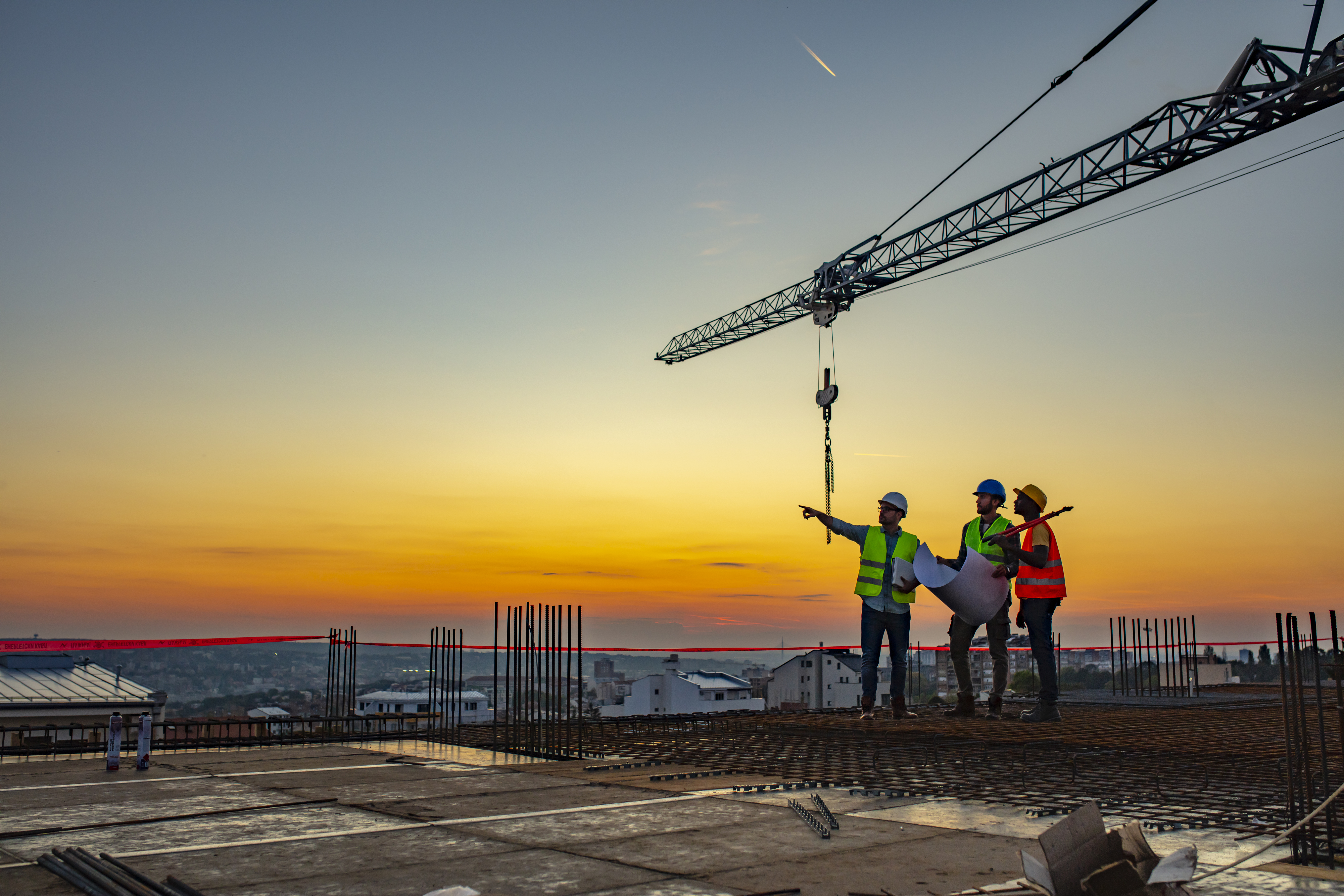Demand for surety bonds in the United States continues to rise, especially for performance bonds, which has led to consistent top-line premium growth for this high-performing segment of the insurance industry, according to a new AM Best report.
In its Best’s Market Segment Report, AM Best notes that government spending on infrastructure projects contributed to a growth in surety premiums in 2023 and should have an even greater impact as more public projects commence in 2024. Direct premium written (DPW) in this segment continued to rise during the first three quarters of 2023, with the increase ranging between 11% and 12%, compared with the same prior-year period. Growth in private construction spending will likely continue as the construction market benefits from lower borrowing costs in 2024.
According to the report, surety has been one of the most profitable lines for U.S. property/casualty (P/C) insurers, generating $2.3 billion in net underwriting profit on just $8.6 billion in 2022 DPW. In the decade leading up to 2022, the net profit margin of the surety segment has been in the mid-30s percentage range, compared with the P/C industry’s 12.8% average.
“Because of the success of companies writing surety coverage, carriers are considering allocating more resources to writing this line, and surety underwriters are considering how to expand their portfolios to take further advantage of the profit potential,” said Robert Valenta, senior financial analyst, AM Best.
U.S. surety DPW grew at a median rate of 5% annually between 2012 and 2022. However, during the post-pandemic period this growth rate elevated to 7.2% in 2021 and 15.7% in 2022, which to some extent may be due to a rebound of stalled projects.
“Historically, at the beginning of economic recoveries, state and local infrastructure investment has typically fallen as a share of the economy,” said Christopher Graham, senior industry research analyst, AM Best. “However, the past couple of years have bucked that trend.”
The report also cites the impact of two bills passed by Congress this decade. In late 2021, Congress passed the Infrastructure Investment and Jobs Act, and in 2022, the Inflation Reduction Act. These legislative initiatives represented the first large infrastructure spending bills since the 2009 American Recovery and Reinvestment Act.
“The commitment to infrastructure investment, and the construction spending that goes with it, has led to a boost in surety premiums, with surety bonds for new construction projects,” Graham said. “In addition, private construction spending has been resilient despite the impact of higher interest rates on the residential construction market.”
To access the full copy of this special report, please visit http://www3.ambest.com/bestweek/purchase.asp?record_code=340038 .













